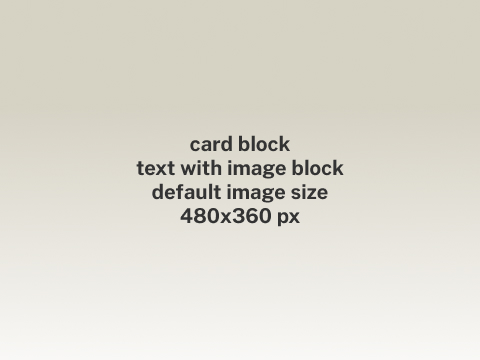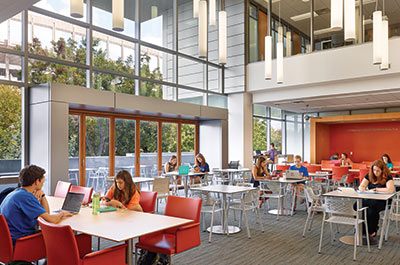
Latino Studies
A powerhouse of Latino thought and advocacy at The University of Texas at Austin, fearlessly upholding the mission of ethnic studies by creating space to explore and understand the lives of Latinos in the U.S. while using our knowledge and resources to support Latino communities everywhere.
Learn More
Latino Research Institute
The mission of the Latino Research Institute is to provide the infrastructure for the creation and dissemination of quality information about issues affecting Latino populations in the region, state, and nation.
Learn More
Center for Mexican American Studies (CMAS)
Serving Texas and the nation as a leader in the intellectual development of Mexican American and Latina/o studies. Faculty and students affiliated with CMAS study the cultural practices, historical development, and socioeconomic conditions of Mexican American and Latina/o communities.
Learn More






Photo Credit.
MALS Graduation 2024
Felicidades to the 2024 graduating class of the Department of Mexican American Latina/o Studies!
These outstanding scholars are now headed out into the world to make a difference. If you missed the graduation ceremony, you can access the recording below.
Be advised: you will want to have a stash of tissues nearby! There wasn't a dry eye in the house on the big day.

Photo Credit.
fall 2025 courses
Check out our ISSUU catalog for descriptions on the variety of MALS courses you can take during the Fall 2025 semester!
View Course Flyers
Photo Credit.
The mals 10TH ANNIVERSARY MURAL IS COMPLETE!
There's a brand new vibe in the Latino Studies office space and it comes with the completion of the MALS 10th Anniversary community mural! We've spent the 2024-25 academic year commemorating a decade of emboldened scholarship in the Department of Mexican American & Latina/o Studies (MALS) and the mural represents our purpose and permanence on UT campus. Artists-in-Residence Cindy and Ernesto Hernández installed this beautiful artwork this semester with the help of UT Austin students.
Keep Reading
Left to right: Ernesto, Onyx, Xyon, Cindy, and Karma

This caption describes the image above.
fearless scholarship.
In the 1960s, Mexican American student activists at the University of Texas at Austin agitated for the creation of an academic program that reflected their lives, experiences, and ways of knowing. From their efforts, in 1970, UT created the Center for Mexican American Studies (CMAS), with Américo Paredes named its first director. Over the past fifty years, UT has become an important scholarly center for Mexican American, Chicano/a/x, and Latino/a/x Studies. It wasn’t until 2014 that the University granted us an independent major, Mexican American and Latina/o Studies. In addition to both major and minor undergraduate degrees, the department is one of only a few in the country to offer a Latino Studies doctoral degree. The department continues to grow and distinguish itself through emboldened scholarship that challenges traditional narratives and embraces a dynamic understanding of the Latino experience.

Undergraduate Program
Students' personal experiences are a vital part of the process by which our courses redress the omissions of textbooks and finally let communities of color be seen and heard.
Learn More
Graduate Program
Prepare graduates not only for careers in the arts, advocacy and related professions in which advanced knowledge of Mexican American and Latina/o studies is crucial.
Learn More
Resources
From co-sponsorship to commonly requested forms to scholarships, we offer several ways to support our faculty and students.
Learn More





Contact Us
Mexican American and Latina/o Studies
The University of Texas at Austin
210 W. 24th Street, GWB 2.102, Mail Stop F9200
Austin, Texas 78712
Karma R. Chávez
karma.chavez@utexas.edu
Phone: 512-471-4557 | Fax: 512-471-9639
